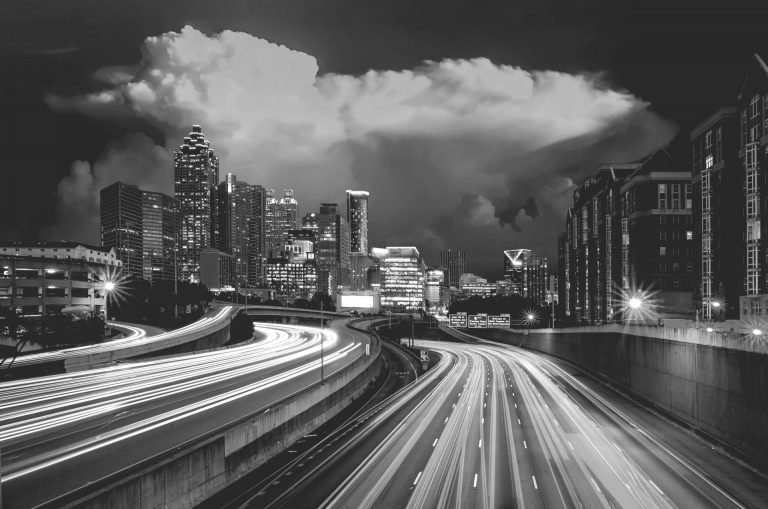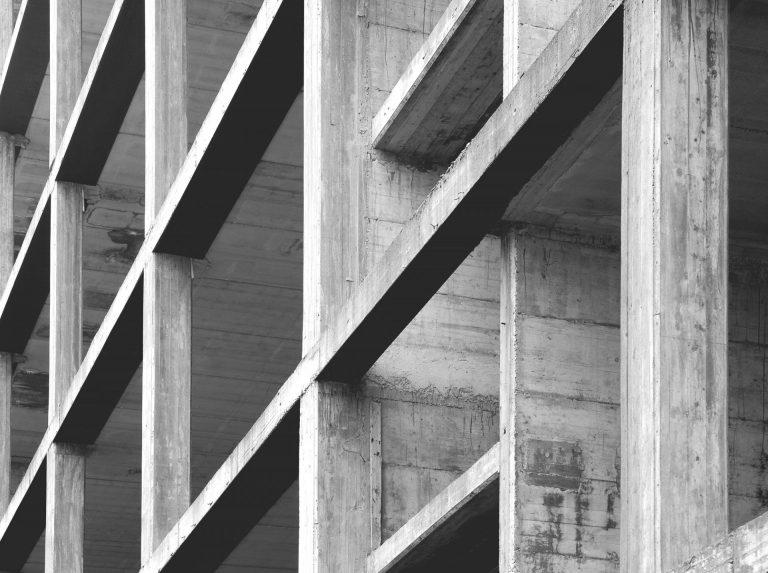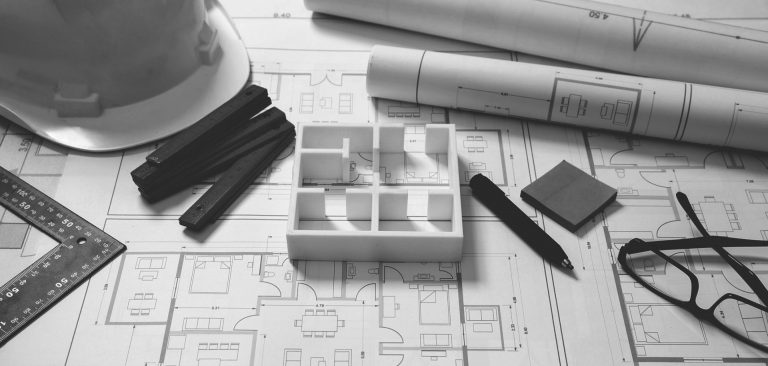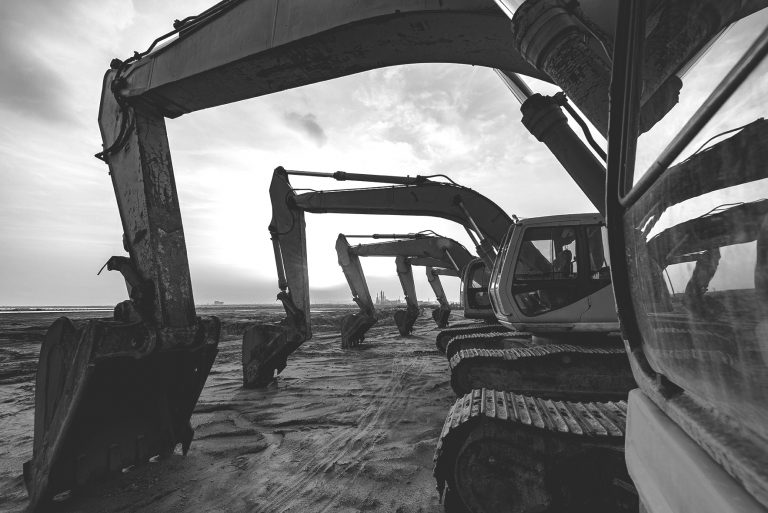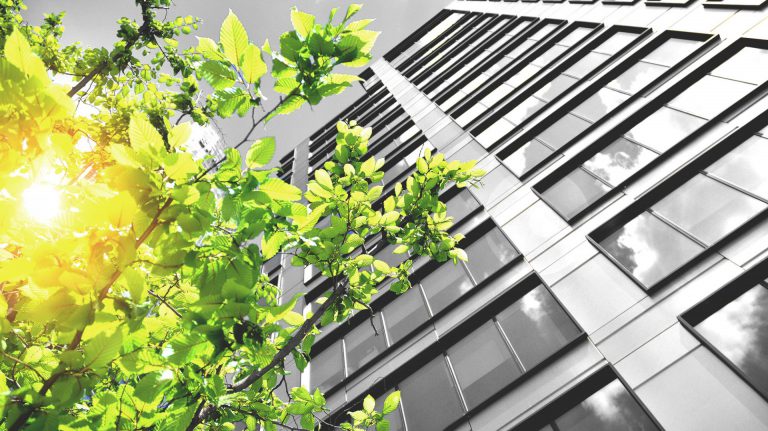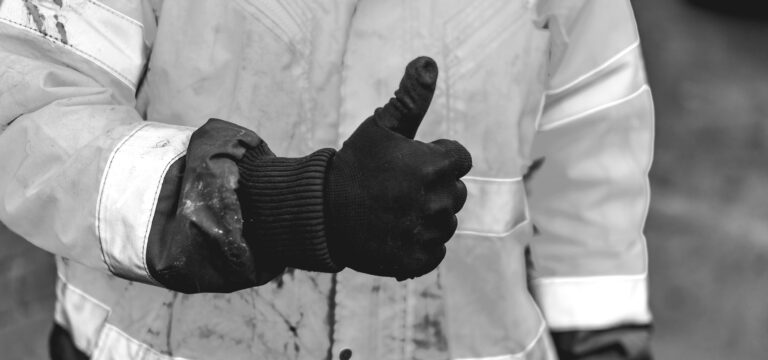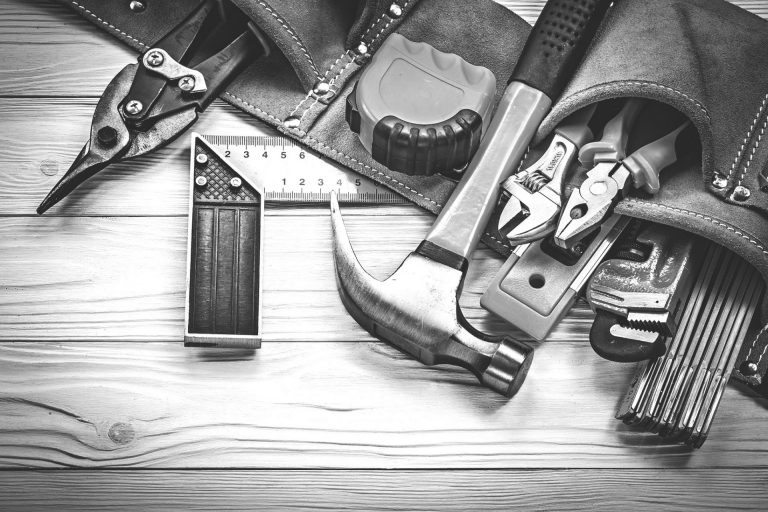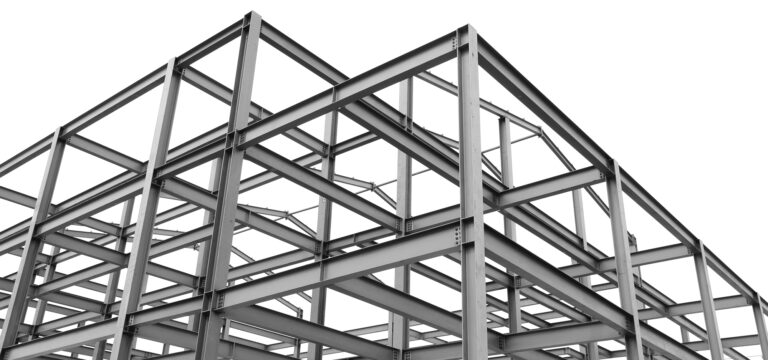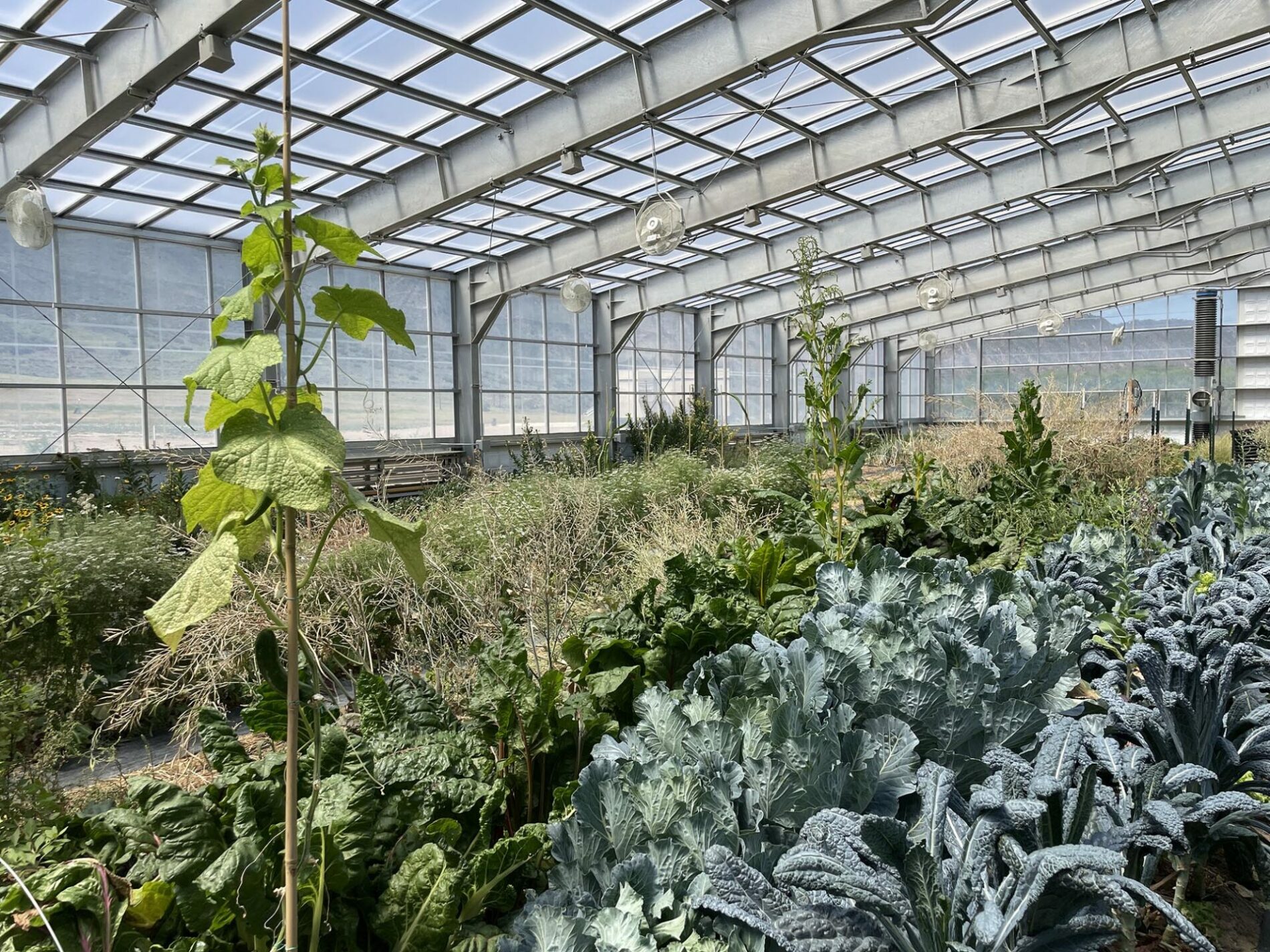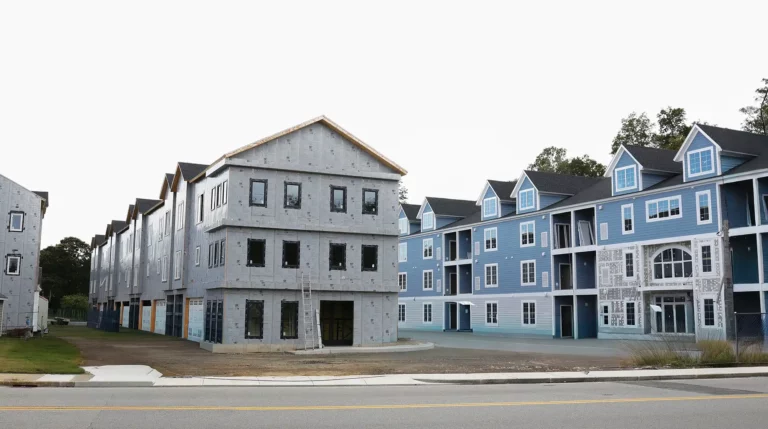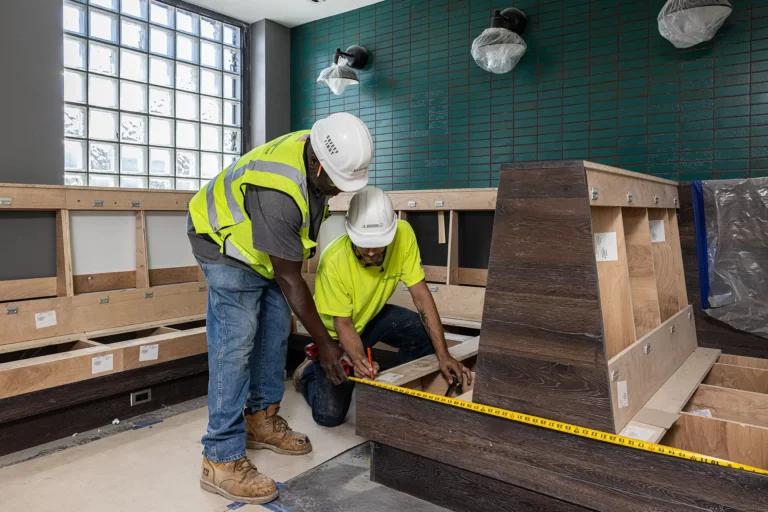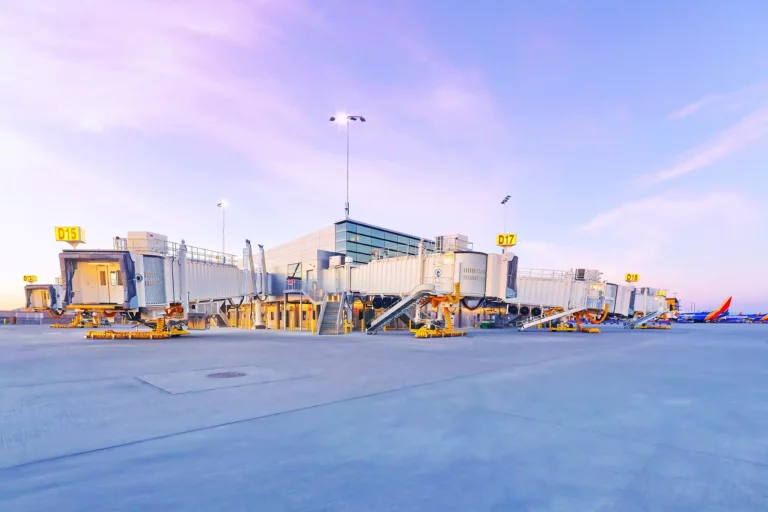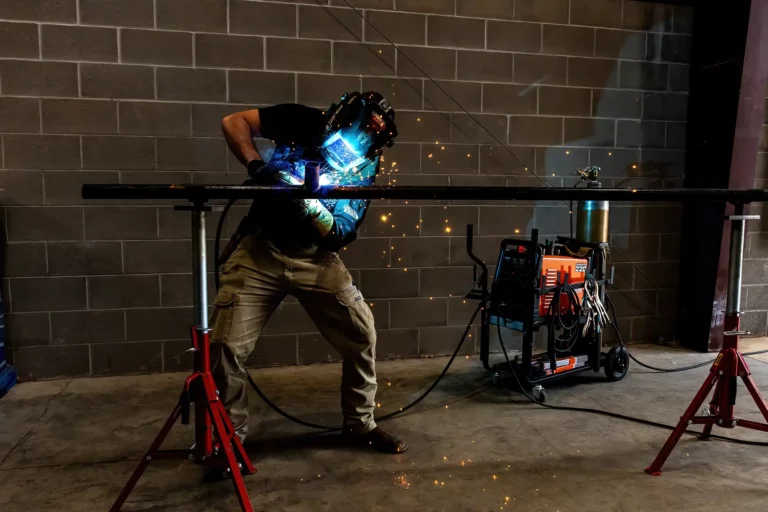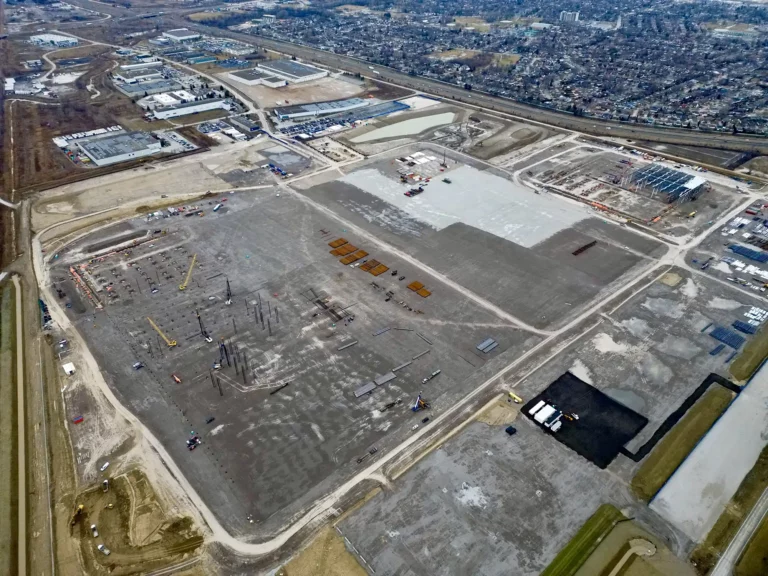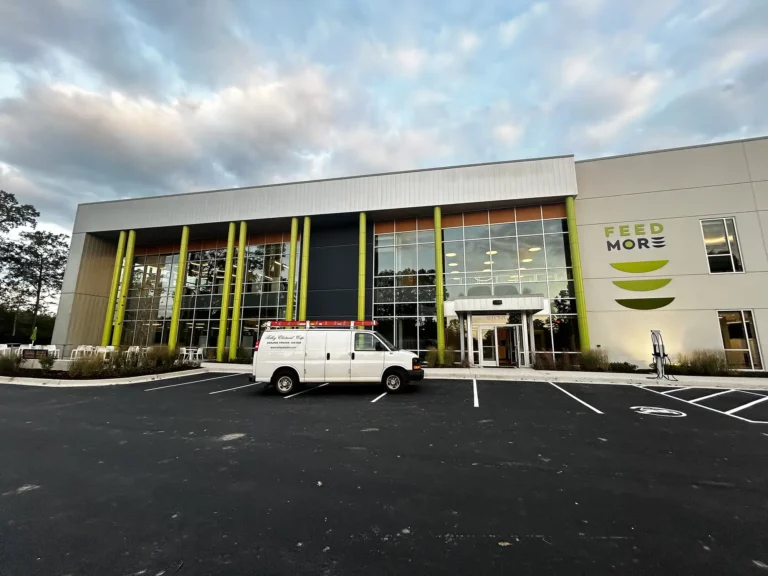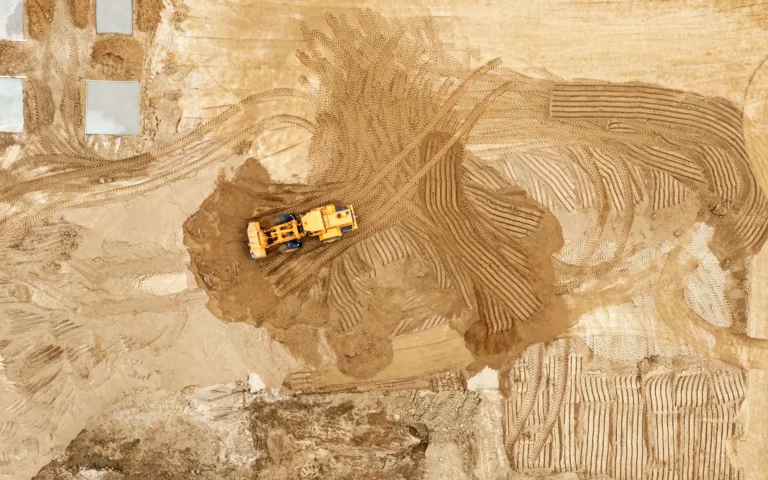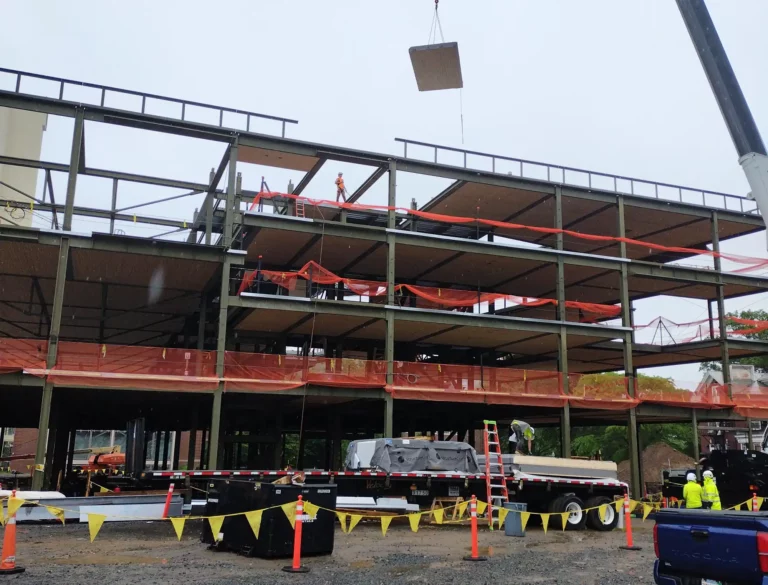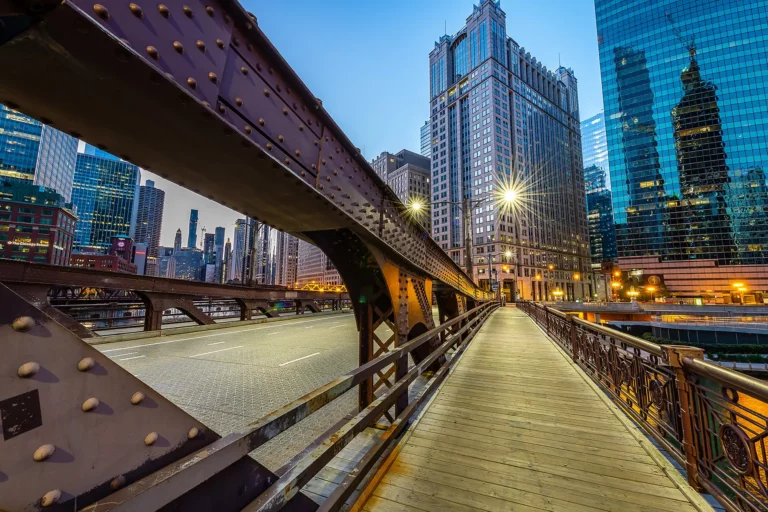Ceres, pronounced ‘series’, is the Roman goddess of agriculture, respected by the ancient Romans as the provider of food and sustenance. It’s a fitting name for Boulder-based Greenhouse Solutions Company, Ceres, who is revolutionizing the modern greenhouse through energy-efficient and biophilic design. At its core, Ceres is a company that was born out of a devotion to growing plants, made up of Engineers, Architects, Builders, Plant Experts, Designers, and Tinkerers. The company was founded in September of 2011 by Dr. Marc Plinke, and today I’m joined by Chris Uhlig, Plinke’s partner and CEO of Ceres, who tells me the company’s story from seed to bloom. “Marc was building an energy efficient house at the time, probably one of the top ten energy efficient houses in the US. When you build a house like that, especially before it was standard, you get in touch with a lot of people.” One of the consultants that Plinke worked with called to attention the problem with greenhouses: that they are simply not built energy efficiently. The seed was planted, and from it bloomed Ceres.
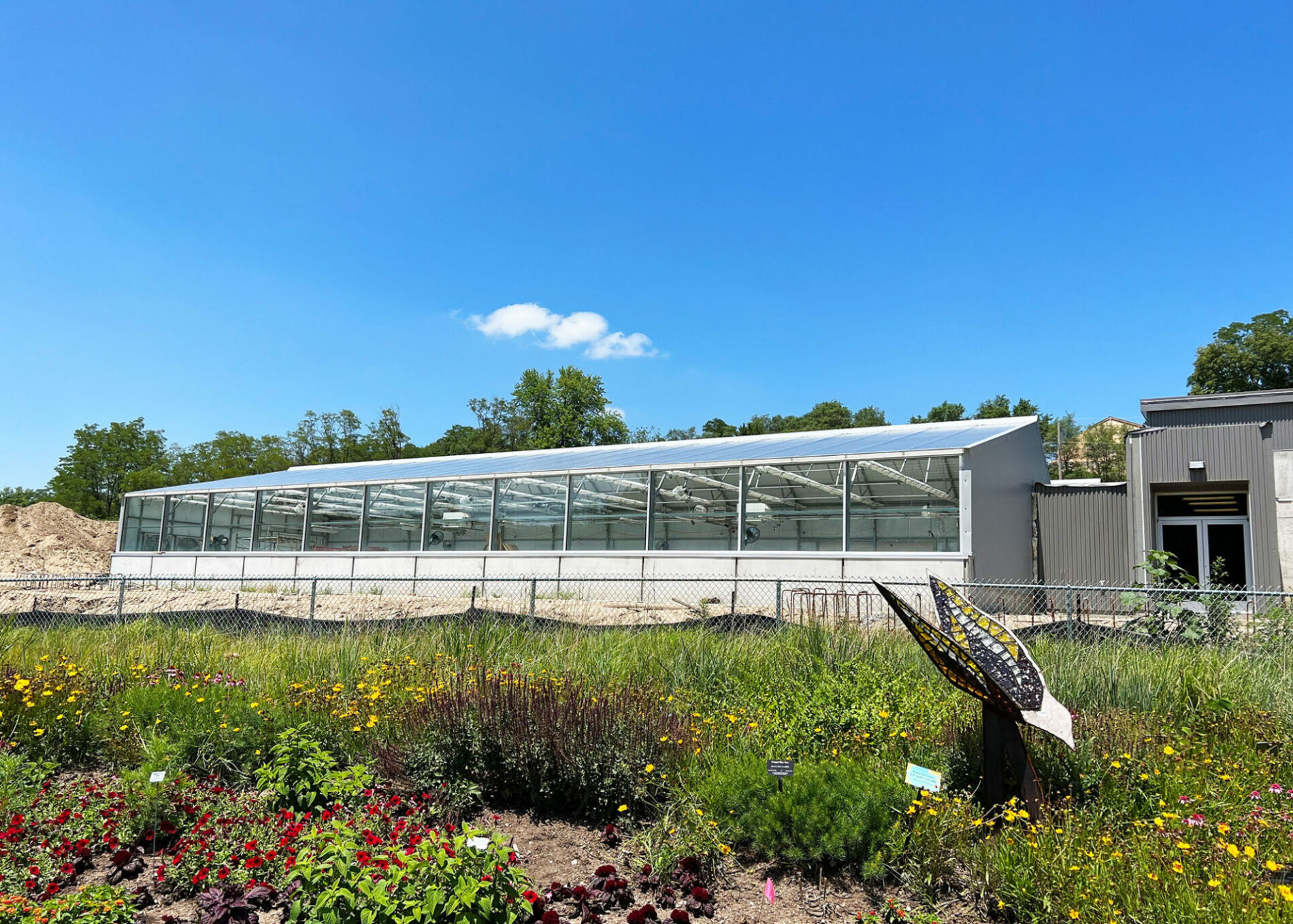
Greenhouses, by their very nature as sources of food and sustenance, should exist to complement the environment rather than taking from it. This concept was lost over the years as greenhouses grew in commerciality, and a change was needed to get them back on the energy-efficient path they started out on. “At the beginning, the focus was on trying to figure out how to incorporate insulation into greenhouses and how to reduce power consumption to cool and heat the greenhouse,” Chris says. “We did that in mostly smaller greenhouses in people’s backyards, and we tried different designs until we ended up with one that we now build at a commercial scale.” It was the cannabis industry, which is on the rise in North America, that presented Ceres with its first significant commercial opportunity. “In 2015 we were approached by a cannabis company that asked us if they could use our technology and build a greenhouse within the city limits of Leadville, Colorado. The city had concerns about traditional greenhouses that are venting and the smell of cannabis within the city limits. It took us a week to convince the city that it’s possible to seal the greenhouse so that there is limited to no smell effect on the surrounding area. That’s how we got into commercial. It was a 3000 square foot greenhouse, so significantly bigger, and it was the first greenhouse we built with steel.”
From there, Ceres started to standardize at that commercial level, designing different sizes and different systems and expanding into new industries. “The cannabis was a driver at the beginning, but quickly we got involved with local farms that were experiencing problems with year-round growing.” Hyper-local farms, as they are known, allow for close relationships between consumer, chef, and grower that are not possible in larger agribusiness operations. Chris says that when you’re closer to the consumer, “you’re not just cutting down on logistics and carbon footprint, but you’re also increasing the intake of nutrients on the consumer side. With an end goal of reducing that time, ideally you harvest something in the morning and you eat it by the evening. That can only be done when you’re growing closer to the consumer.” Ceres offers a solution that addresses a worldwide need and as such has been approached by companies as far afield from the US as Europe and Asia. “We have our own patented technology and we sell our designs around the world,” Chris says. “We typically sell a standard plan for a GAHT® system, and then they can build it themselves.”
Over the years, and through an innovation-led approach to greenhouse design, the range of what Ceres has to offer has significantly increased. “We’re doing a lot of research facilities, working with USDA and universities that are looking at things like non-native species, and testing them in an environment where those species cannot escape. There’s a big focus on strawberries now, so we’re getting a lot of inquiries and engaging in that area. We’re doing seed facilities, which are interesting because you need to have very tight climate control in order to simulate the seasons and reduce the time from seed to production. If you can accelerate the evolution of genetics by essentially growing a thousand plants, picking the five that best fit your criteria, and then reproducing those five and accelerating that reproduction cycle, you can gain an advantage in the industry.”
Biophilic design is the concept of increasing a building occupant’s connectivity to the natural environment through the use of direct and indirect nature. Embracing this design concept, Ceres is creating buildings not only for plants, but for people. “In the past greenhouses were used in schools for production, to feed the children or to produce for the cafeterias. These days, the trend is to create classrooms in a greenhouse where the whole class sits together and is educated in the same room as the plants. There’s also the greenhouse restaurant or pub that grows its own hops, with the brewery combined in one big house. There’s Norwegian and Swedish style houses following the same concept, where you put a greenhouse over a house and the people living in it have access to a controlled or semi controlled environment even in the middle of the winter. There’s hospitals that want greenhouses for patients, to get out of sterile hospital environment and into an environment where they can touch the plants. Working with soil helps people suffering with PTSD and we have seen and built greenhouses for that purpose. Residents of elderly living and assisted living facilities, in the same respect, can benefit from touching plants.”
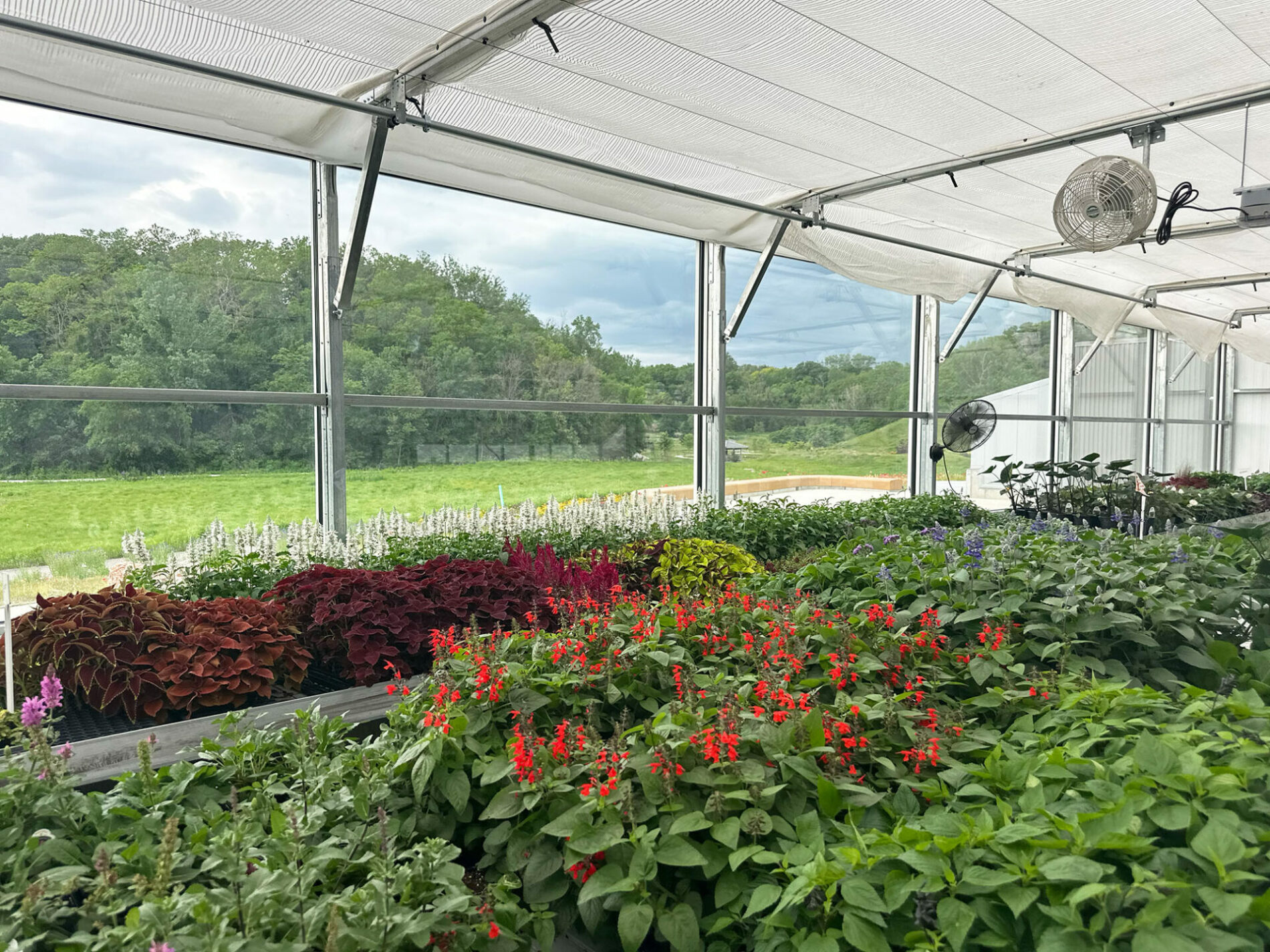
When Ceres designs and builds a greenhouse, careful consideration is given to “the customer’s needs, what they’re growing, how they want to grow, their temperature and humidity needs, CO2 rejection into the environment, type of irrigation, fertigation, automation and so on.” Every seed is unique in its growth requirements, and so greenhouses, if they are to accommodate this, must be custom designed and custom built. “We go through a schematic design planning process for the building,” Chris says. “We design the whole building including all of the systems, and if there’s a head house or additional rooms that are not just greenhouses, like a packaging room for fruits or a propagation room, we design those too. We then supply the materials and help with the construction in terms of project management of the facility. After the facility is done, we help with tuning the facility, because typically a customer knows how to grow and run the other side of the business, but now they have to deal with building systems that they’re not familiar with. Helping them get up to speed is an important aspect of what we do, and that’s not typical in the industry.”
From rectifying hotspots to replacing broken glass with new glazing, Ceres provides solutions that reach far beyond the initial design of the greenhouse. Greenhouse retrofits are on the rise too, which reflects an industry trend that is seeing less capital investment in new assets and more capital investments in maintaining existing assets. Each of the services provided by Ceres are ultimately in pursuit of the same goal, and that is to create a more sustainable future. “The main aspect of energy-efficient greenhouse design is to add more insulation to keep the environment more stable on the inside,” Chris says. “If you look at traditional greenhouses, they have four sides that are glazed and a roof that is glazed. Venting is the typical aspect for cooling, but heating is the problem, especially if there’s not enough sun and during the night time. Our building design, which orients the building East to West and has an insulated North wall, allows not only for insulation to be in the building but to reflect the photons from the sun back into the building. This allows us to retain the heat as well as the light inside the building better than any traditional greenhouse. To further retain that heat we have the ground to air heat transfer system GAHT®, which circulates the air inside the building. During the day the greenhouse heats up, so we take that excess heat and put it underground and cool the greenhouse in that way during the day. Then at night we reverse the process so that as the building cools down, that excess stored heat goes back into the building. When you want tighter controls of the temperature and humidity, you need a sealed room which requires different types of equipment.” This approach is significantly more expensive in terms of both CapEx and running costs, but in a lab environment where you’re experimenting with plants, it’s often a necessity. Ceres understands that a one-fit-for-all greenhouse does not work and has built its business around the art of bespoke greenhouse design. “What we’ve always tried to do is reduce the energy consumption in the building to begin with in order to get to net zero,” Chris says. “We are in the process of designing a completely passive greenhouse, but these technologies only work to a certain point, so it really comes down to what the customer wants. To get to net zero, you still need to supplement with things like wind power or solar power or regenerative power creation, so that’s part of what we’re doing today.”
“The idea is to grow one crop, whether that’s a fruit or a leafy green salad, or to grow multiple crops in our local communities, and then sell either directly to the consumer or to the local grocery stores and restaurants.”
Beyond energy reduction and net zero, Ceres is on a path to reduce time from harvest to consumption through energy-efficient greenhouse solutions. “We are on a path towards growing more food locally, and in that process reducing the environmental impact of food production and consumption,” Chris says. “The groceries that I buy come from California, Florida, Mexico, South America and Europe. The things that I buy and eat have been in warehouses, they’ve been in trucks, they’ve been cooled, they’re not fresh. They’ve lost nutrients and they have a huge environmental impact. The idea is to grow one crop, whether that’s a fruit or a leafy green salad, or to grow multiple crops in our local communities, and then sell either directly to the consumer or to the local grocery stores and restaurants. That’s the idea, and that’s the trend that we’re seeing. We’re focused on creating those solutions based on customer needs, and providing the ideal solution for that customer to grow in that environment. There haven’t been significant changes in the greenhouse industry for years. They talk about improvements and new material that they’re using, but those are solutions that are mostly built for moderate climates, not for year-round growing. There’s a gap that needs to be addressed, and that is where we’re coming in, to push the envelope on what can be done with greenhouses.” It seems that the potential of the modern greenhouse is endless and that Ceres, like a budding seed, is ready to take that potential and flower.

